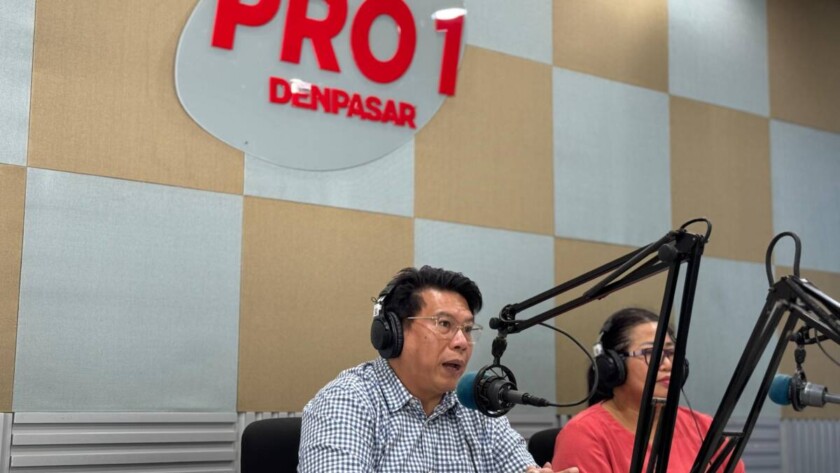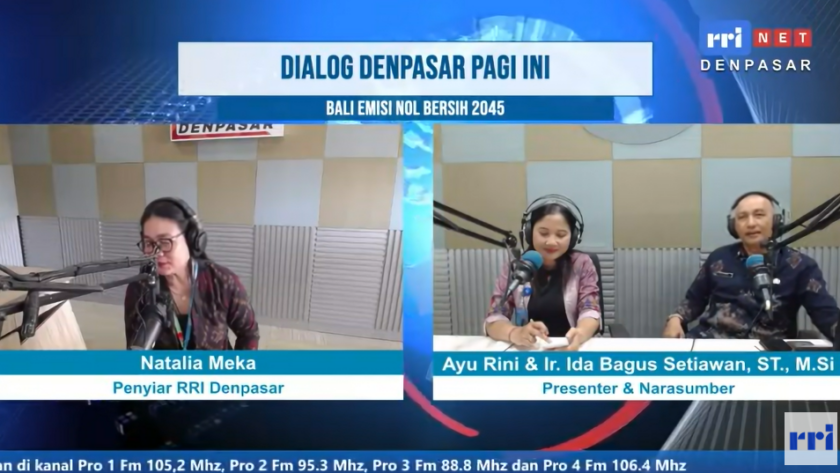Debate Notes for Candidates for Governor and Deputy Governor of Bali 2024
Bali Province can serve as a concrete example of how a region with a high dependency on tourism can transition to sustainable development without compromising economic growth. The Bali Net Zero Emission (NZE) 2045 initiative declared by the Bali Provincial Government on August…






